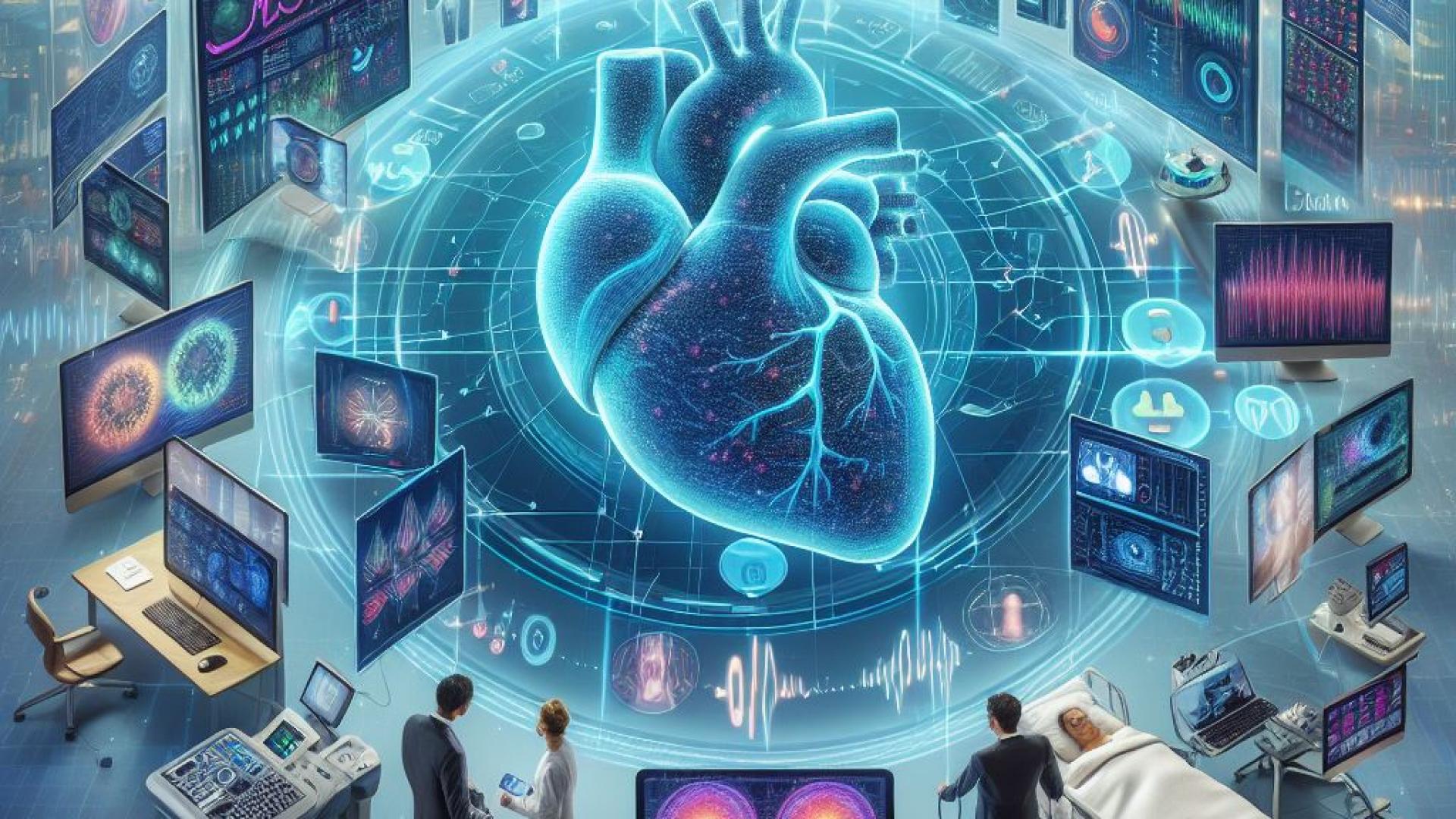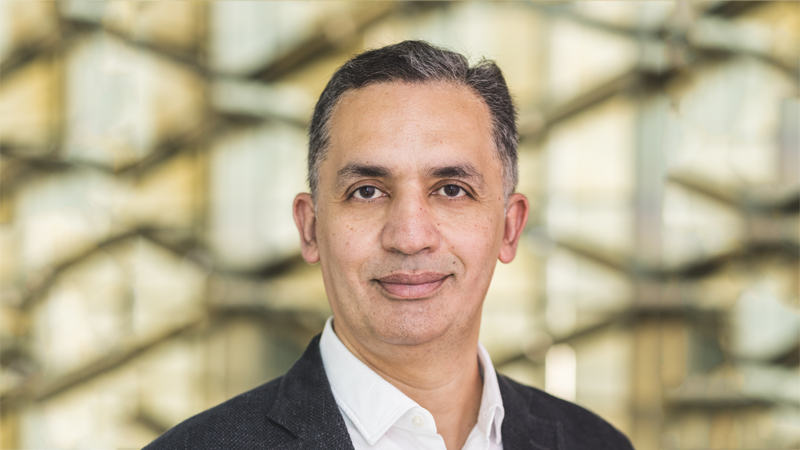Project Start Date
Project End Date
The smart health project at Information Science Lab (ISL) leverages a wide range of sensing modalities for data acquisition from human subjects, and utilizes emerging artificial intelligence (AI) methods for analysis of various 1D biosignals, i.e., electrocardiography (ECG), photoplethysmography (PPG), phonocardiogram (PCG), electroencephalography (EEG) and more. The goal is to design intelligent, patient-centric health sensing systems which are anticipated to be an integral part of the smart homes and smart cities of the future. ISL is a member of KAUST smart health initiative, which aims to enhance the cardiac well-being and overall quality of life, inline with Vision 2030 of Saudi Arabia.
Consider cardiac health as an example. The gold standard for the cardiac disease diagnosis involves a patient’s visit to a hospital where a physician takes into account a plurality of information, e.g., ECG, clinical symptoms, past medical history, family history, blood chemistry reports, etc., in order to reach a decision.
But this is going to change !
What is on the horizon?
- Wearables/IoT-based in-situ health monitoring: The current rise and proliferation of wearables (smartwatches, smart bands, etc.) and smartphones into our daily lives coupled with unprecedent rise of AI methods opens new avenues for research to design novel, non-invasive methods for in-situ, patient-centric health sensing.
- 6G ISAC-based health-as-a-service: 6G cellular and WiFi systems of future (with AI-native design) are anticipated to provide a wide range of non-contact health sensing services through its infrastructure (i.e., microcells, routers, intelligent reflecting surfaces, etc.) under the new vertical of health-as-a-service.
- Personal AI-assistants: With the rise of LLMs, we anticipate to see a range of health-related, personalized AI-assistants (empowered by customized NLP and vision-based LLMs) in smartphones and other assistive and wearable gadgets.
Promise of IoT-based non-invasive methods & 6G-based non-contact health sensing methods: The non-invasive and non-contact health sensing methods come with a number of benefits compared to traditional invasive methods, e.g., reduced risk of complications, such as infection, bleeding, and tissue damage, improved patient comfort (as they do not require incisions, injections, or insertion of probes into the body), quicker recovery time, minimal disruption to normal physiology, lower cost, repeatable and non-traumatic (enables longitudinal monitoring of health parameters and enables healthcare providers to track changes over time, adjust treatment plans, and assess treatment effectiveness).
Project aims:
This project aims to solve the following overarching but distinct problems:
- Design of novel, non-invasive health sensing methods (wearables based)
- Design of novel, non-contact health sensing methods under 6G ISAC framework
- Personalized AI assistants
- Analytics on publicly available health datasets
Enablers for the project:
Sensing modalities for non-invasive methods: The non-invasive health sensing methods utilize a range of IoT devices, such as wearables (smart watches, smart bands, earpods, smart glasses, smart tattoos/patches, smart necklace, smart clothes, smart helmet, and more), and smartphones.
Sensing modalities for non-contact methods: The non-contact health sensing methods, on the other hand, utilize software-defined radios (SDR), multi-input, multi-output (MIMO) radars in microwave and millimeter wave band in the context of digital twin, 6G integrated sensing and communication (ISAC) systems.
Emerging AI methods enable data-driven approach: Emerging artificial intelligence (AI) methods, e.g., generative AI, transfer learning, explainable AI, federated learning, multi-modal data fusion methods, make the backbone of the data driven approach that we have adopted to infer a range of biomarkers and diseases diagnosis through the private datasets that we have acquired at ISL, and the publicly available datasets.


